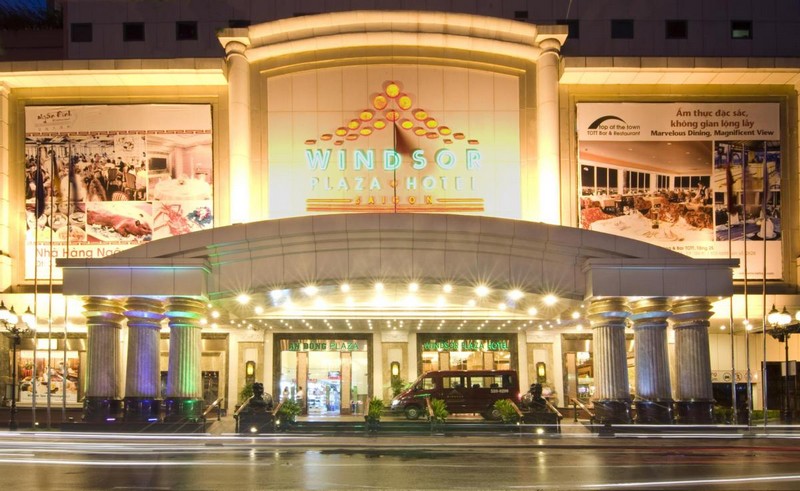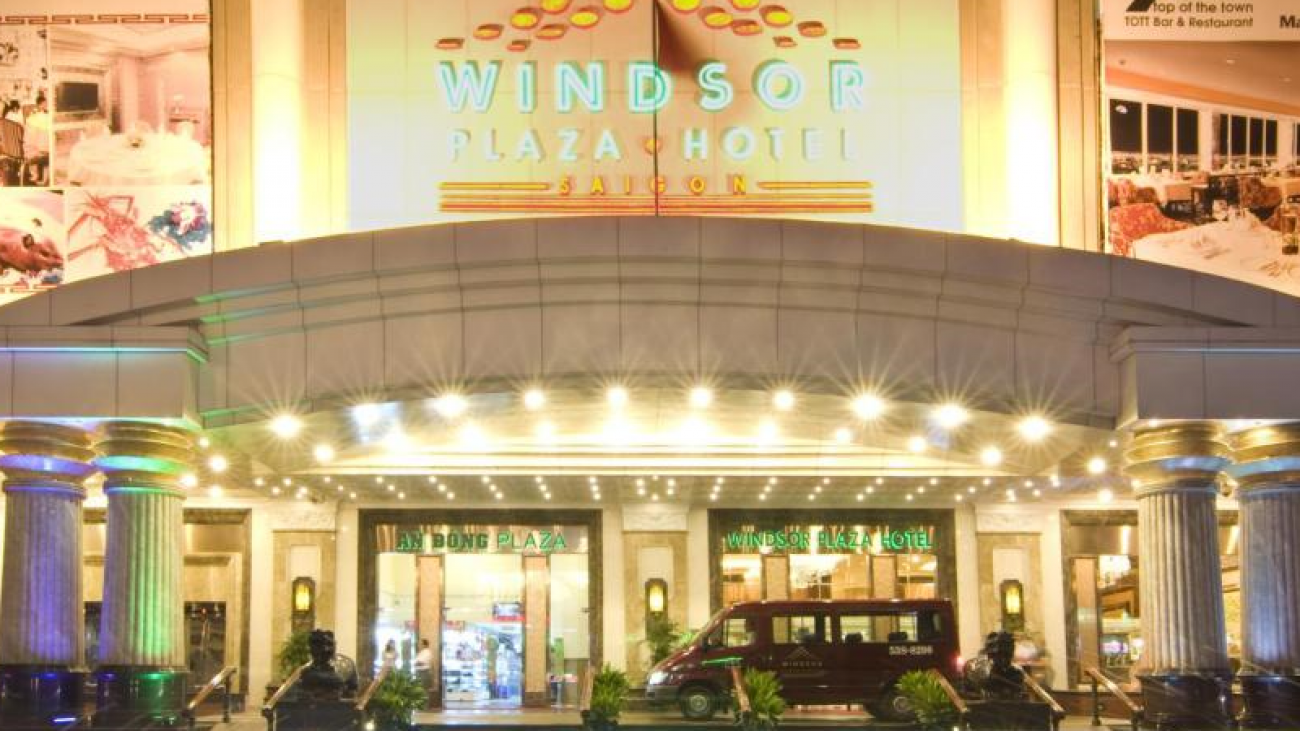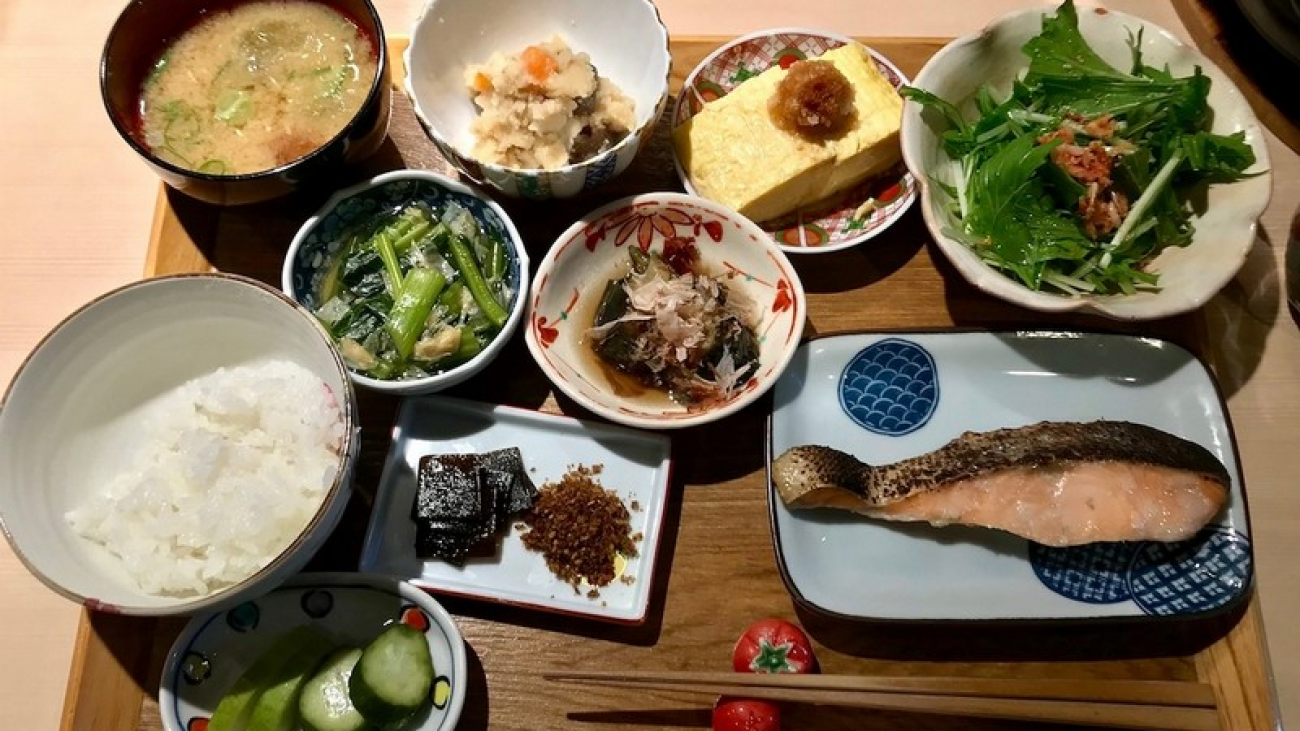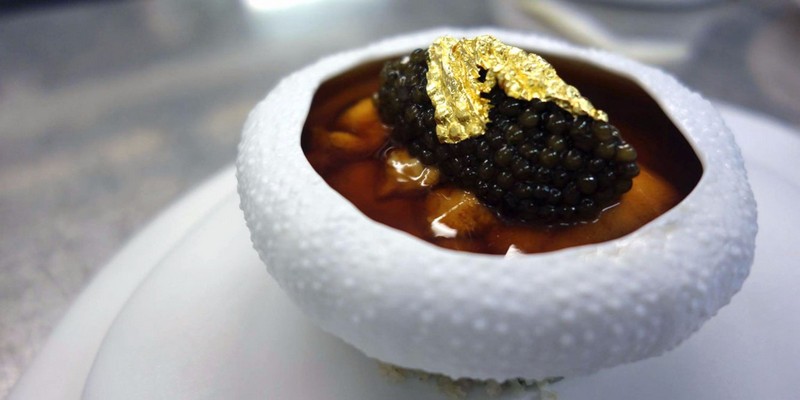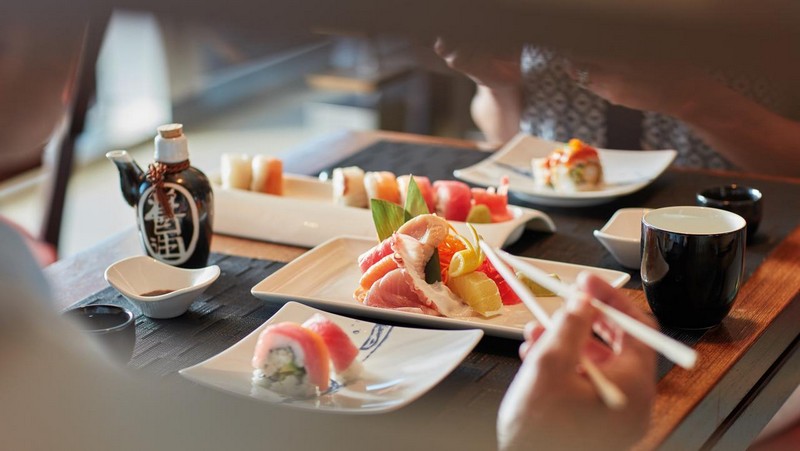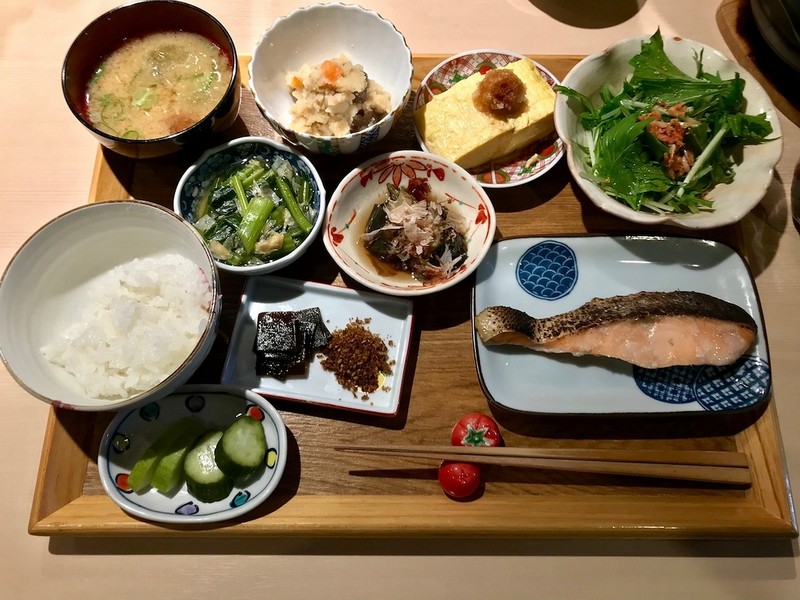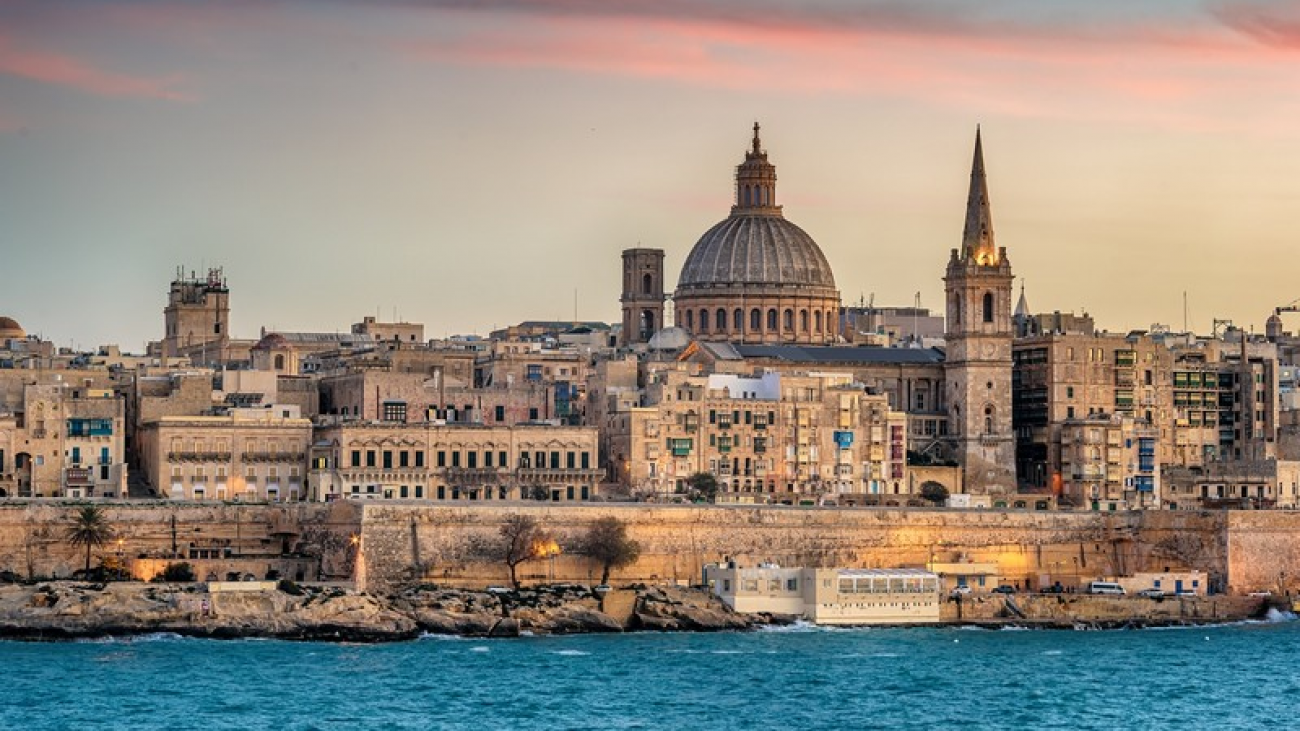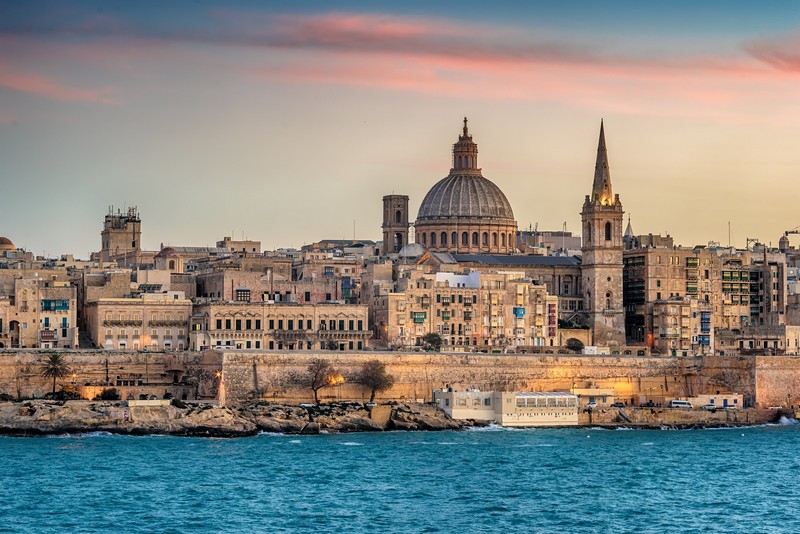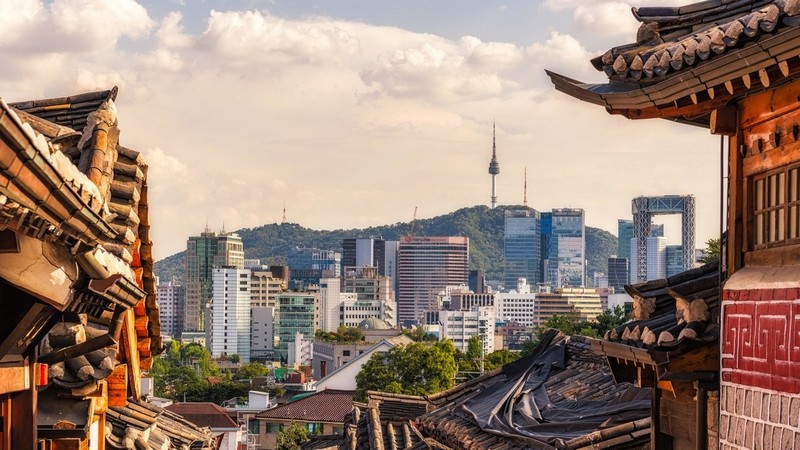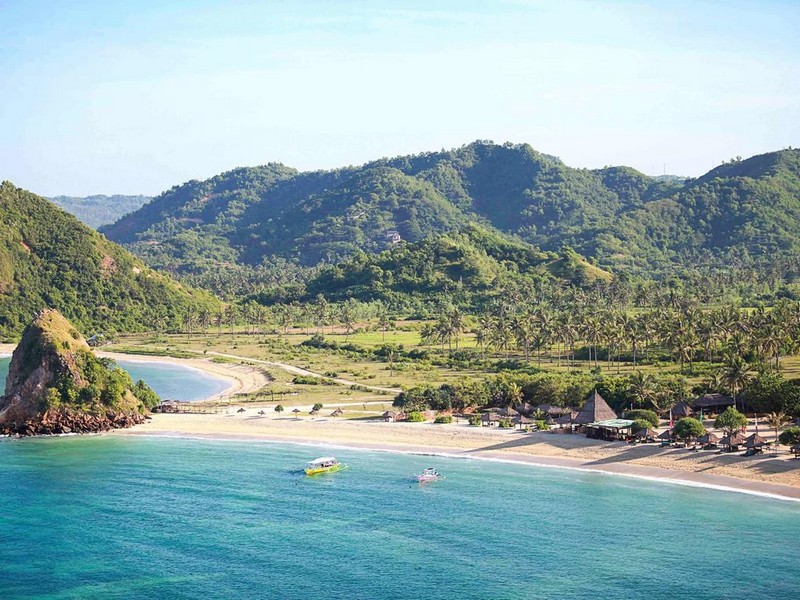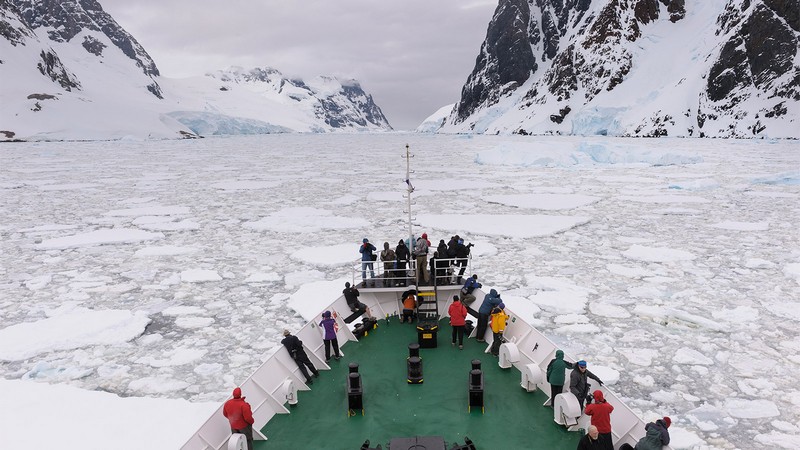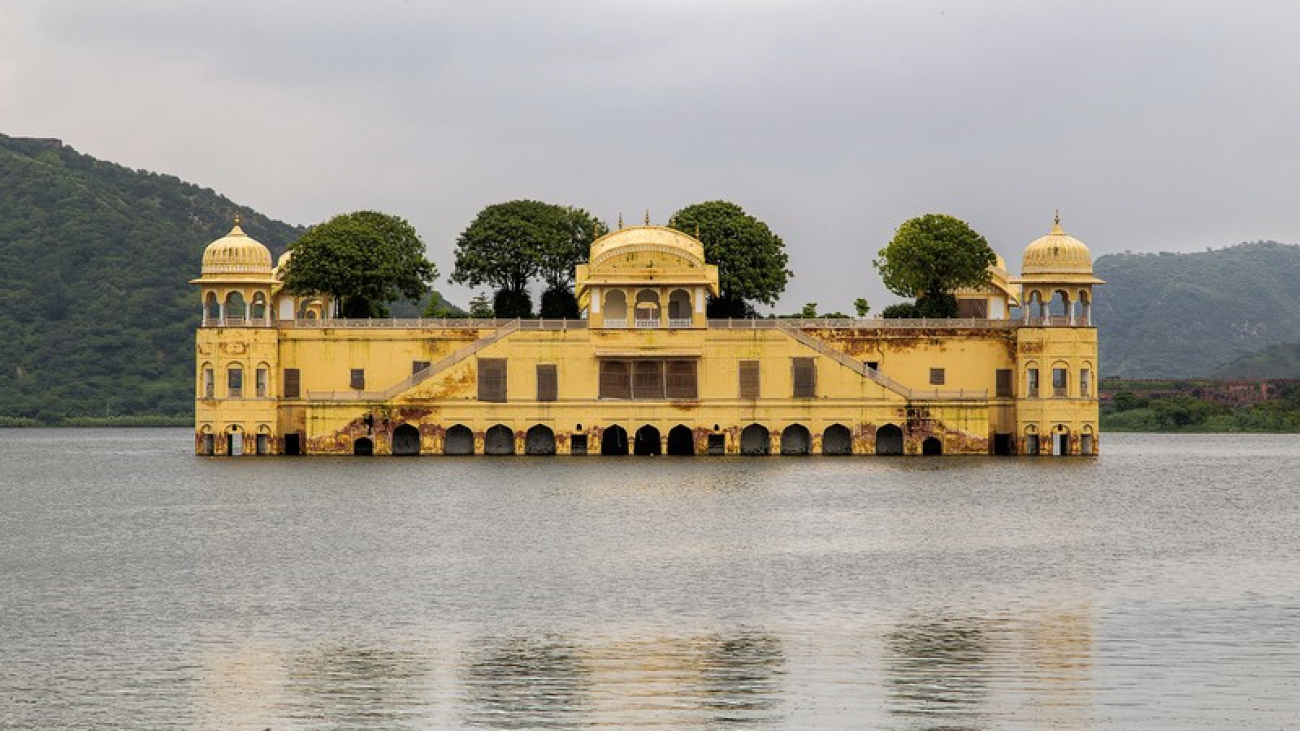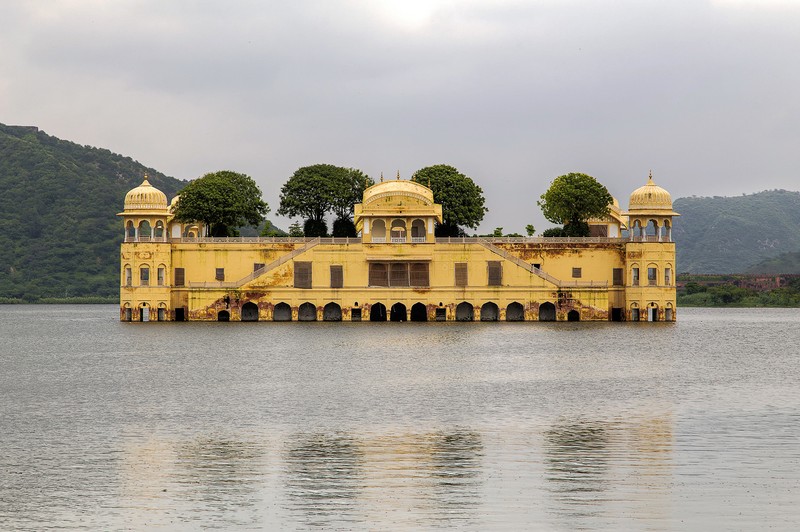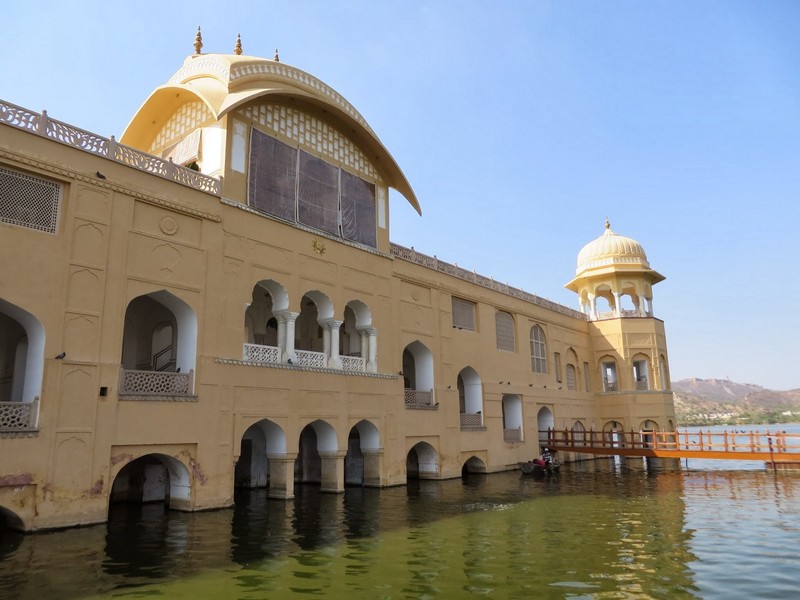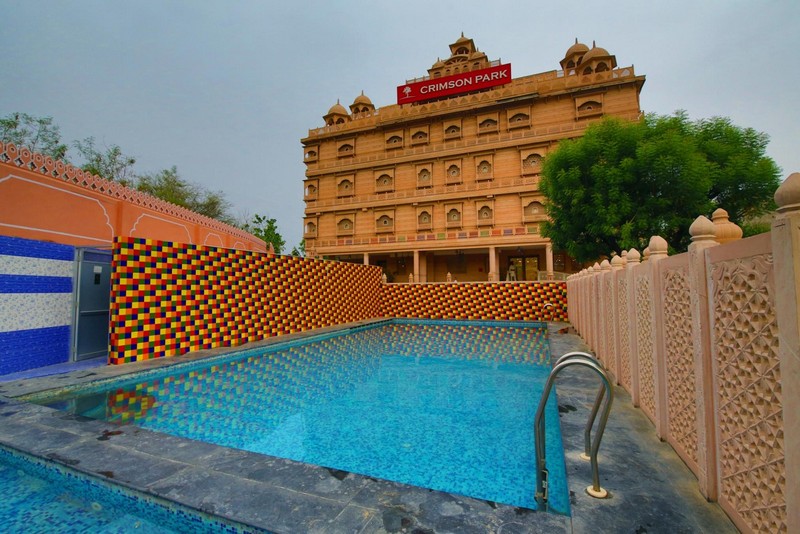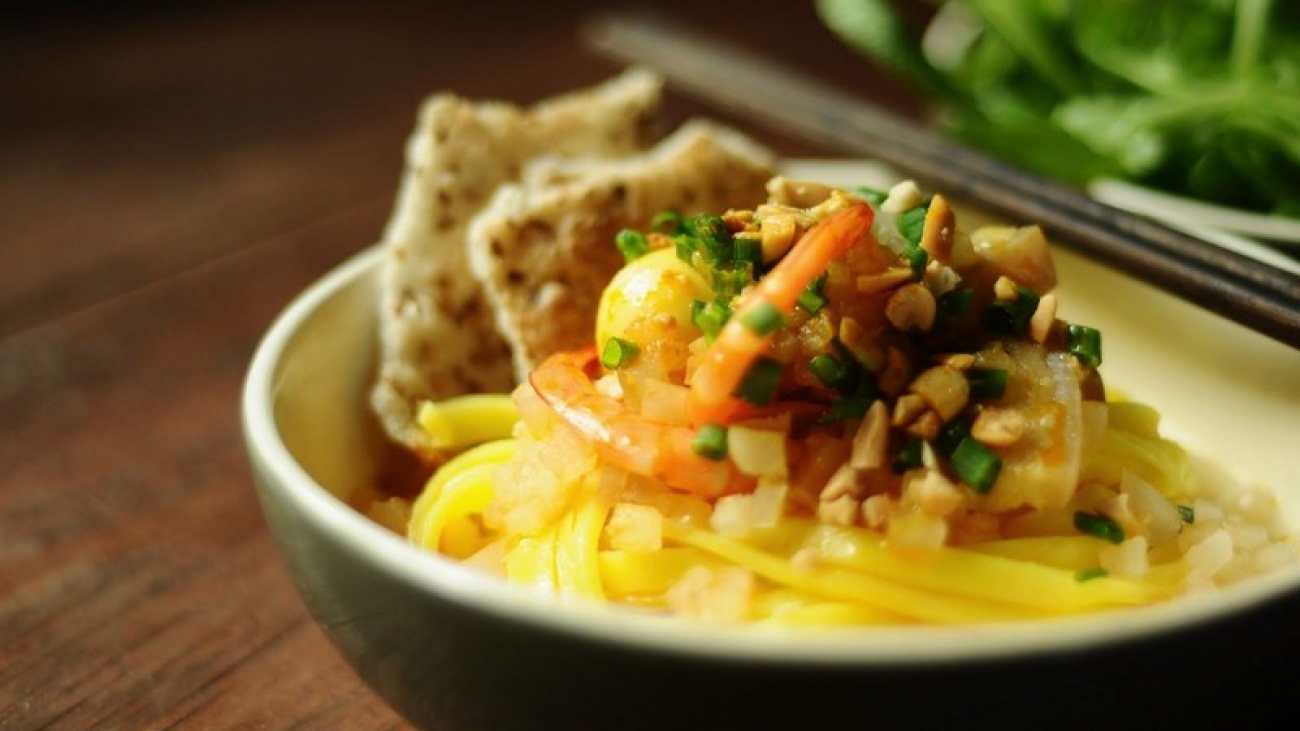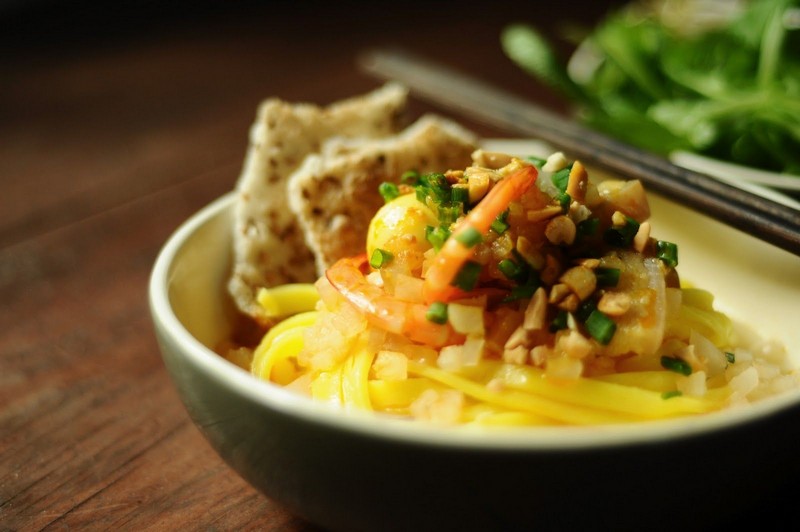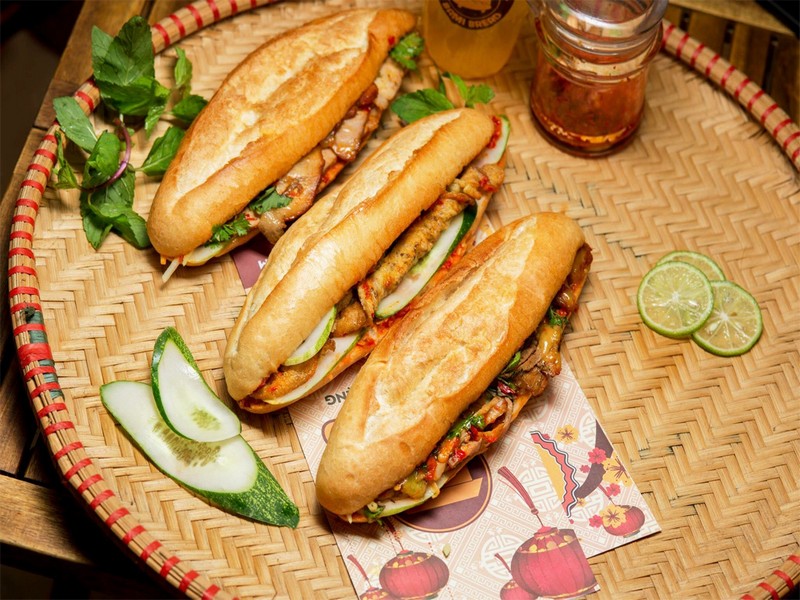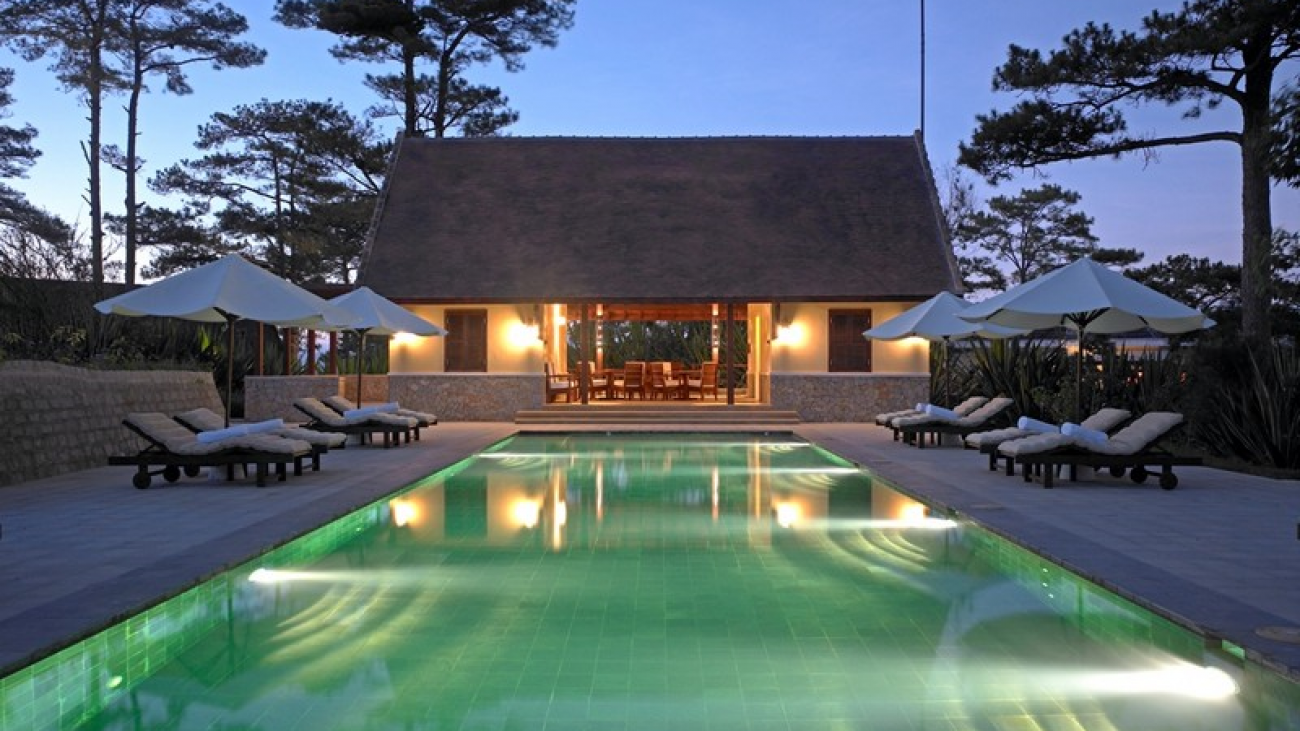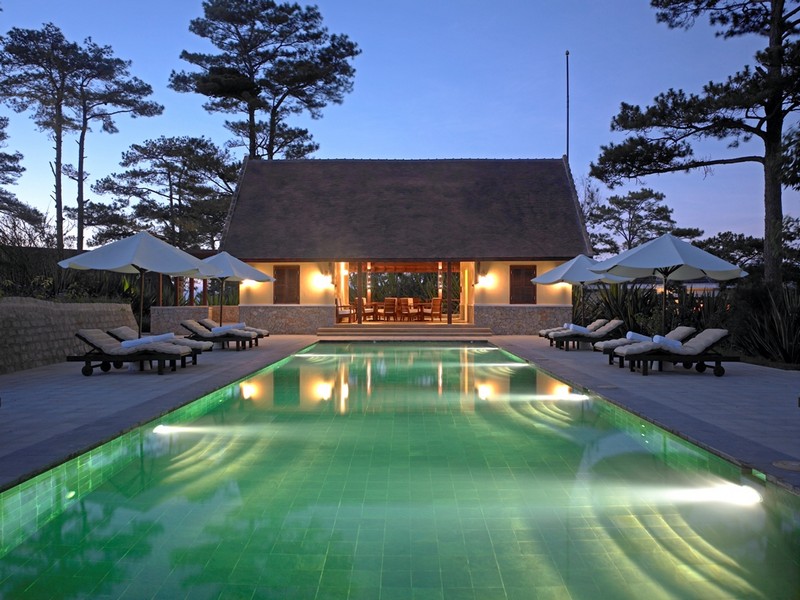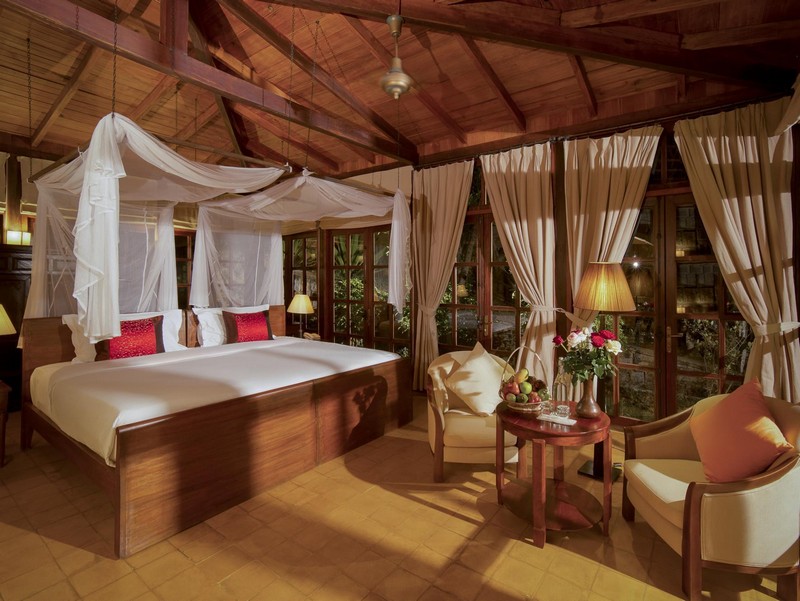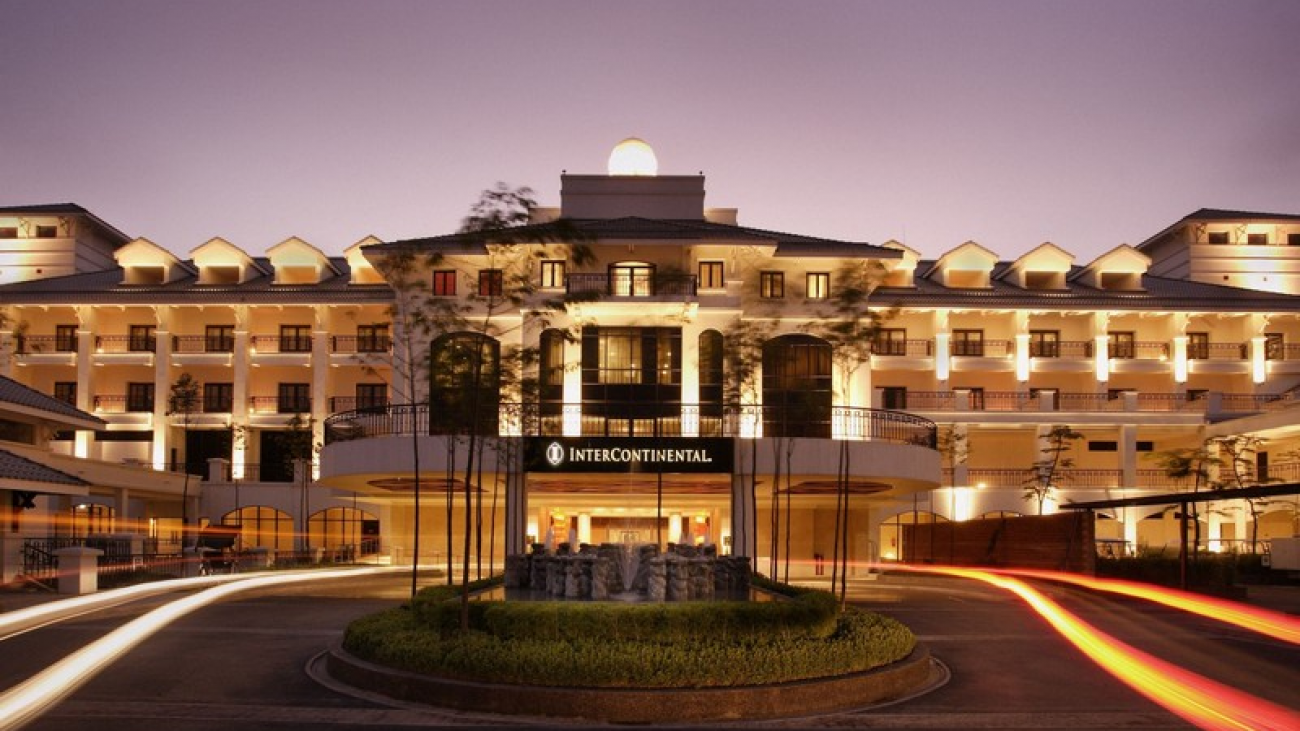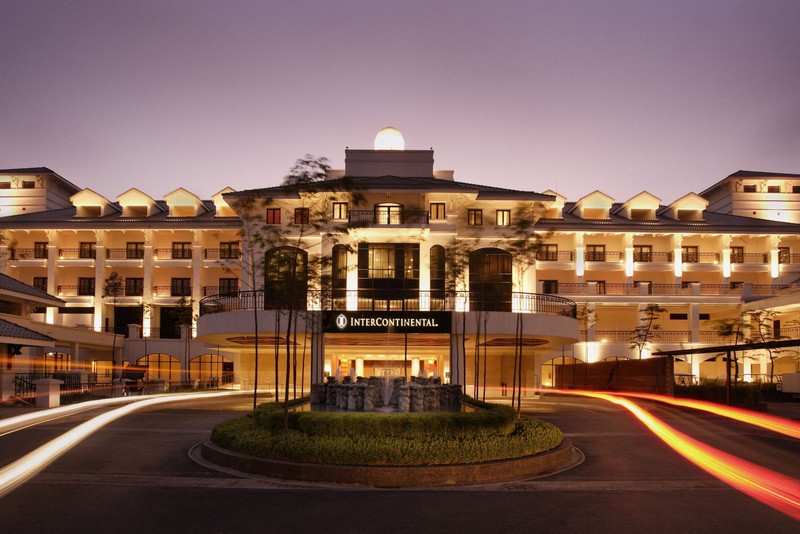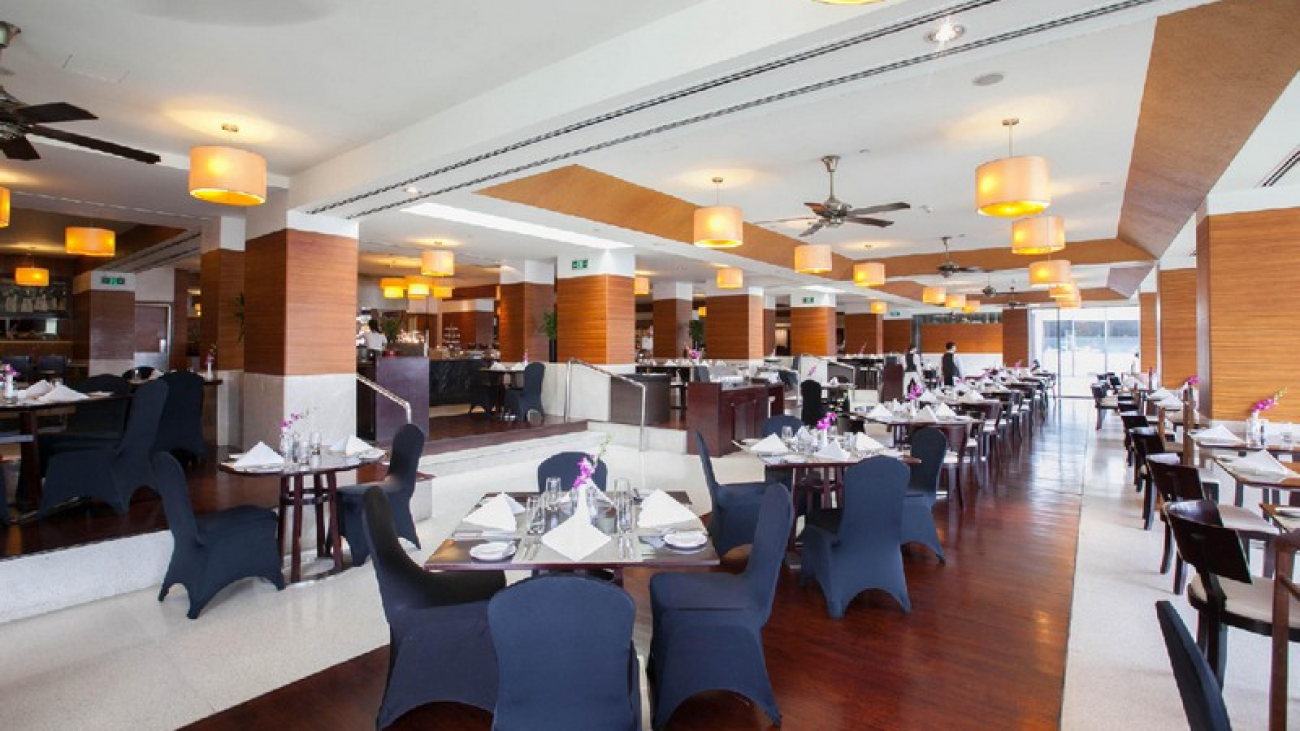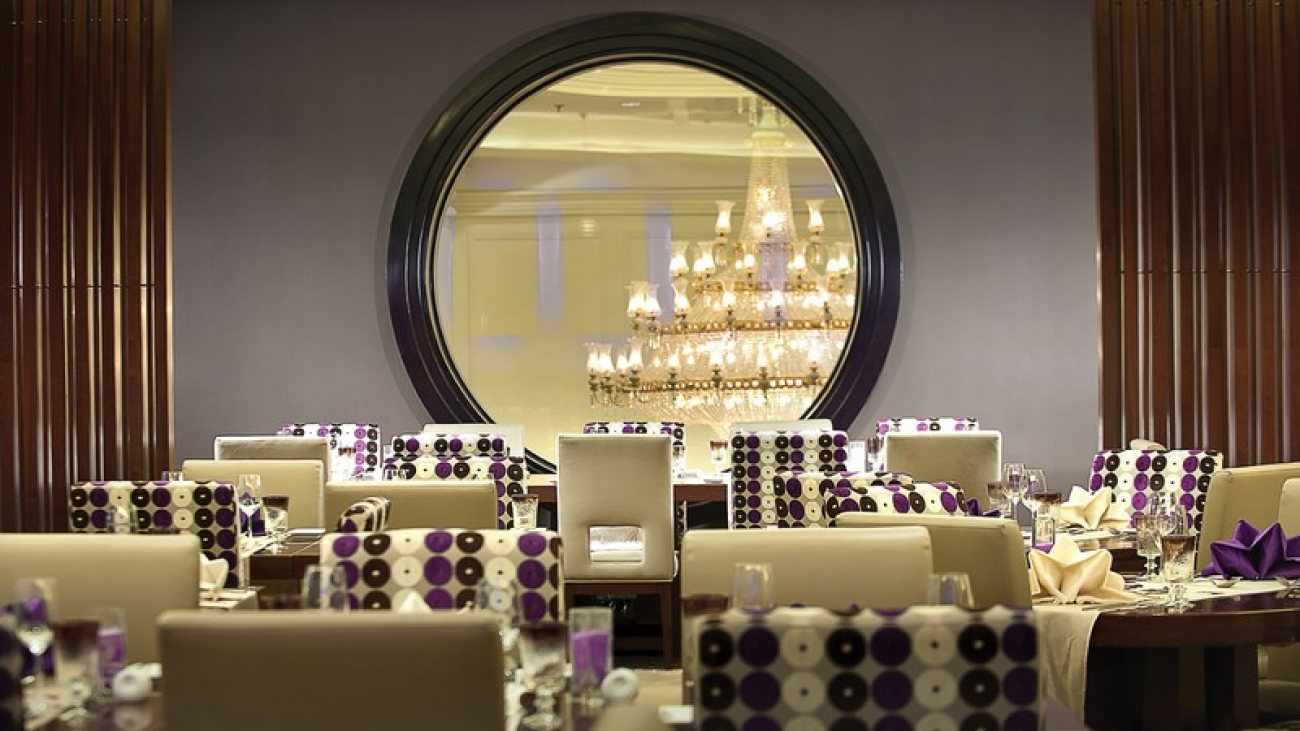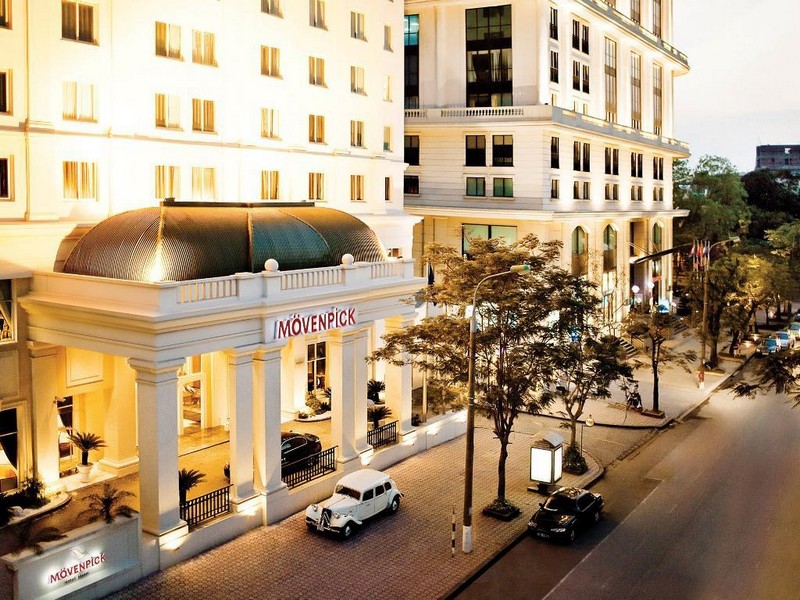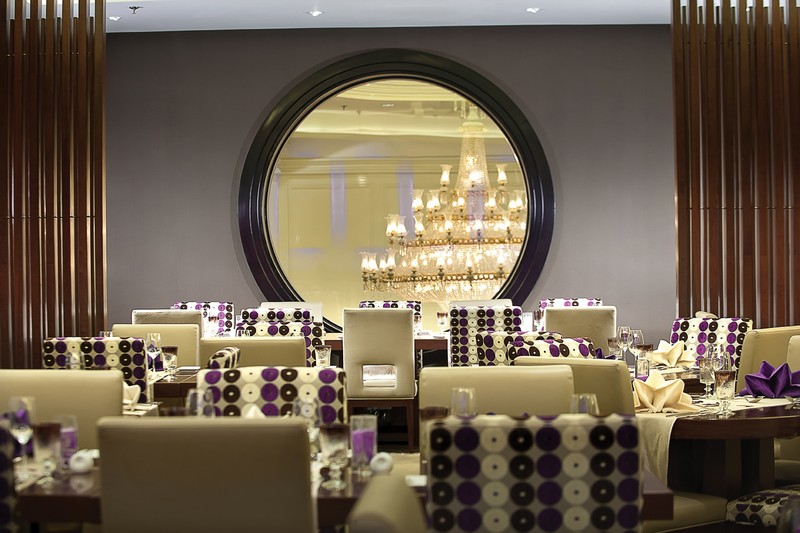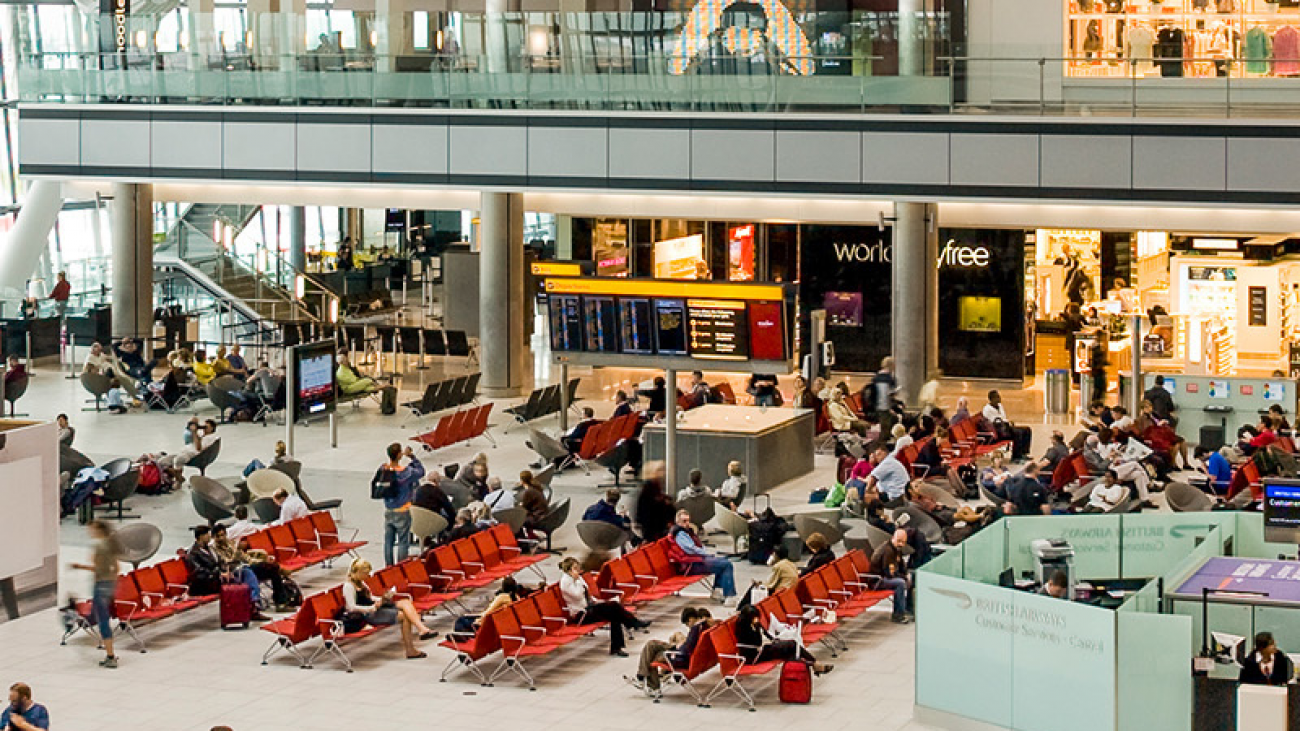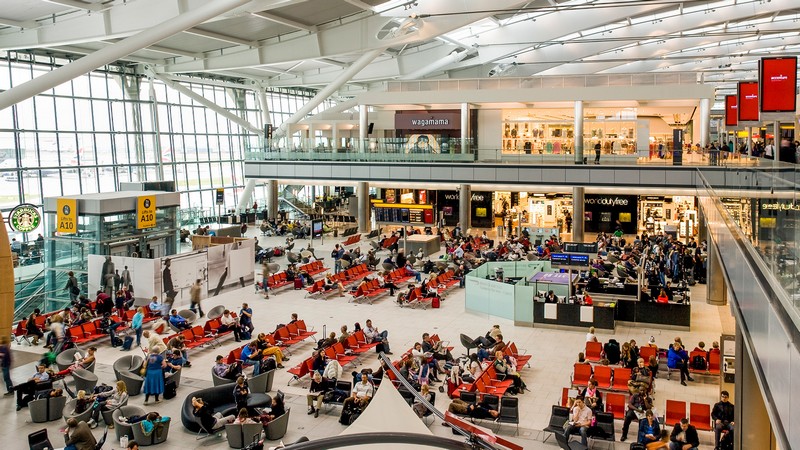(#wanderlusttips #InterContinentalHanoi) The hotel-by-the-lake has launched a variety of programs to welcome the October with a lot of exclusive experiences for all guests.
[rpi]
Café du lac restaurant – endless dining delights
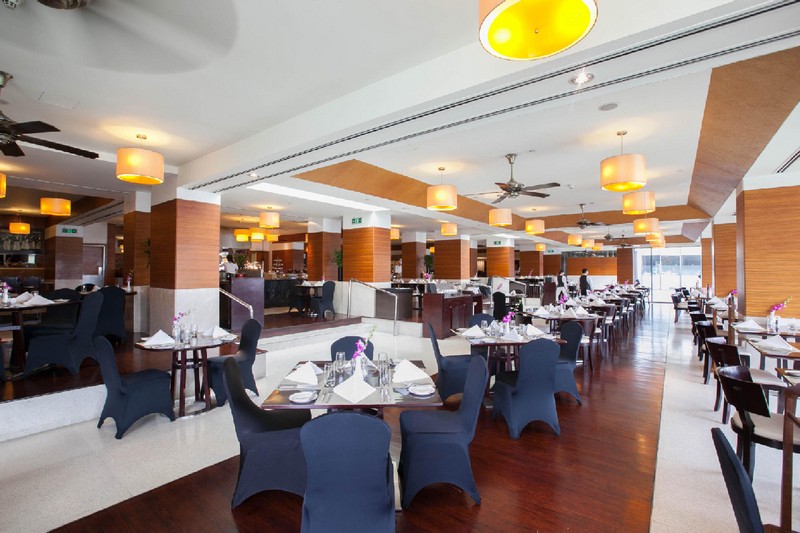
Vietnamese Women’s Day on October 20. The restaurant is the perfect venue to celebrate a special dinner for your beloved women, with delectable upgraded buffet dinner, featuring a versatile range of international and local delicacies.
Price starts from VND 1,100,000 net/adult including 1 special cocktail for every female guest.
Westlake Sunday brunch. The Sunday brunch at Café du lac restaurant will immerse diner in an epicurean feast boasting classic Vietnamese to contemporary international savor created from both the freshest local ingredients and the finest seasonal flavors.
Price starts from VND 1,100,000 net/adult excludes beverage.
Buffet dinner by the lake. There may be no better place to get your delightful dining experience with family at Café du lac restaurant where you are served with an elaborate buffet showcasing an extensive range of local & international dishes made from the season’s freshest ingredients.
Price: VND 999,000 net/adult excludes beverage
Sunset Bar – place for self-exploring
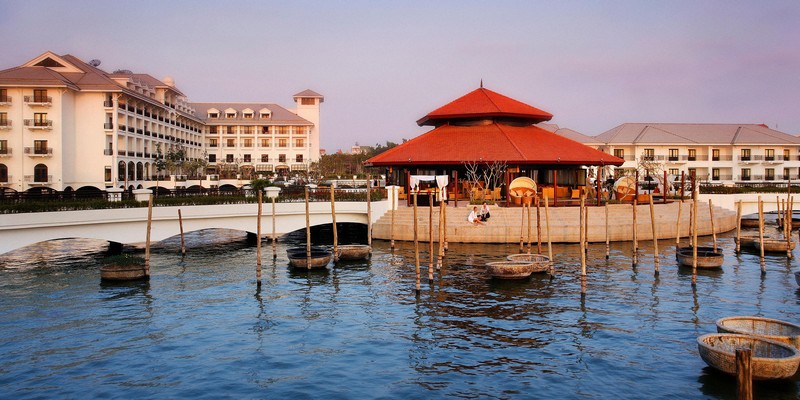
Liquid Laboratory. Following the success of the first celebration of “Liquid Laboratory” night last month, the second night will take place on October 14.
Modernist cocktails maker Richard McDonough, better known as “Mood Therapist”, and our executive chef Jeremy Lasserre will take you on their journey to sample 5 scientifically created cocktails paired with 5 modern Vietnamese dishes.
Price: VND 2.500.000 net/person. Seats are limited and should be booked in advance.
Vinoteca Night. They say a fine wine gets better with age and great company. An exclusive night designed will be held for wine lovers to share their desire with this passion drink and enjoy the guest speaker’ introduction of 6 selected fine wines along with his best stories.
Price is at VND 350,000 net/adult.
Savor the taste of Classic on October 13. InterContinental® Worldly Classics cocktails offer a selection of exceptional drinks, expertly mixed using only the finest ingredients from around the globe. You can also enjoy an extended bespoke selection of classic and non-alcoholic cocktails. Worldly Classics cocktail as part of Privileged Offer should be tried on with a specially crafted, complimentary canapé – part of an exquisite pairing created by the hotel’s consultant mixologist Nick Braun.
Opening hours: 16.00 – midnight
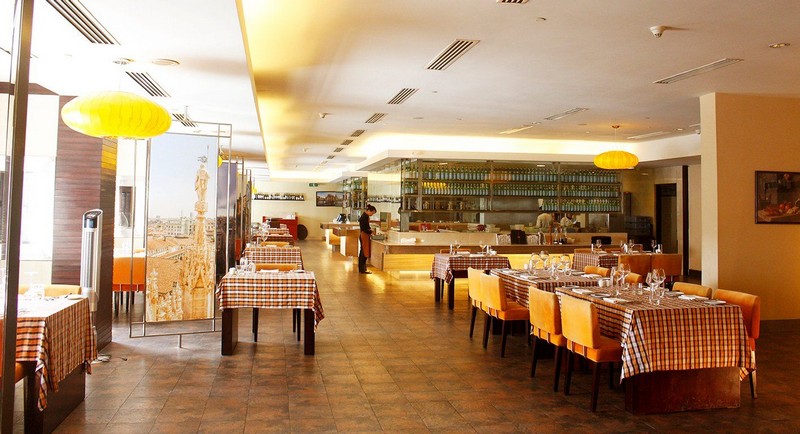
Diplomat Lounge Pret-a- portea, October 8.
Guests will be enchanted when the Diplomat Lounge of the hotel is elegently set as a runway for contemporary fashion and classic afternoon tea. As usaul, the event offers a deliciously gourmet selection of fashionable treats inspired by your favorite designs, while sipping on the finest range of tea.
On this occasion, you will be treated to a glamorous parade that showcases the latest collections by UP TO SECONDS.
Price: VND 390,000 net/adult. 3PM.
Wanderlust Tips | Cinet
